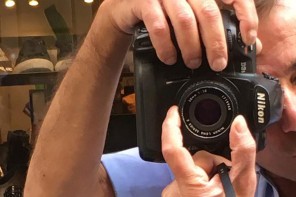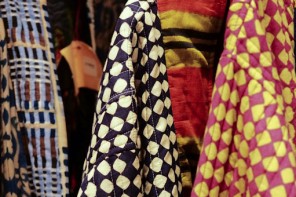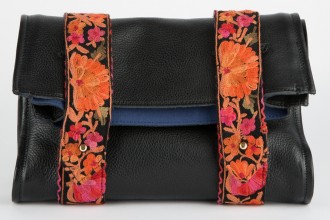What sets Venetian craft apart from the rest of Italy? For starters, Venice since as early as the 9th century has been the channel through which many artistic influences from the Orient have passed. Known for its trade and textile commerce, which joined the East and the West, Venice flourished in the 13th century when Marco Polo opened the silk route and the flood gates, an era that would mark the city’s real Renaissance.
In addition to spices, the city’s textile trade with Egypt, Syria, Iran and China, was one of the main economic drivers for the Italian city state’s economy during the 1300s.
Polo’s exploration also led to ties with the Mongol Empire, Persia, Armenia, the Caucasus and Asia Minor. Exquisite materials like porcelain, pearls and other precious stones, mineral dyes, peacock feathers and brocades from the East, further enriched the city’s artisan craft.
In this issue, we explore some of the city’s historic workshops, shops and mills that are struggling to survive in a globalized world. But those who have surprised are the torch bearers for an irreplicable heritage and because of that, some of the artisans we interviewed for this issue, have solid links with some of fashion’s top maisons who are also helping to perpetuate the lavish, ornate aesthetic that is unmistakably Venetian.
Baci,
Sofia
IN THIS ISSUE: Bevilacqua Velvet: A Bastion of Venetian Tradition, Giuliana Longo: The Gondolier’s Milliner , Chiarastella Cattana: Venetian Jacquards, Simone Cevedese: The Art of Murano Glass ; The Gondolier’s Slipper: Alla Giulia ; Tabarro: The Medieval Gentleman’s Cape





